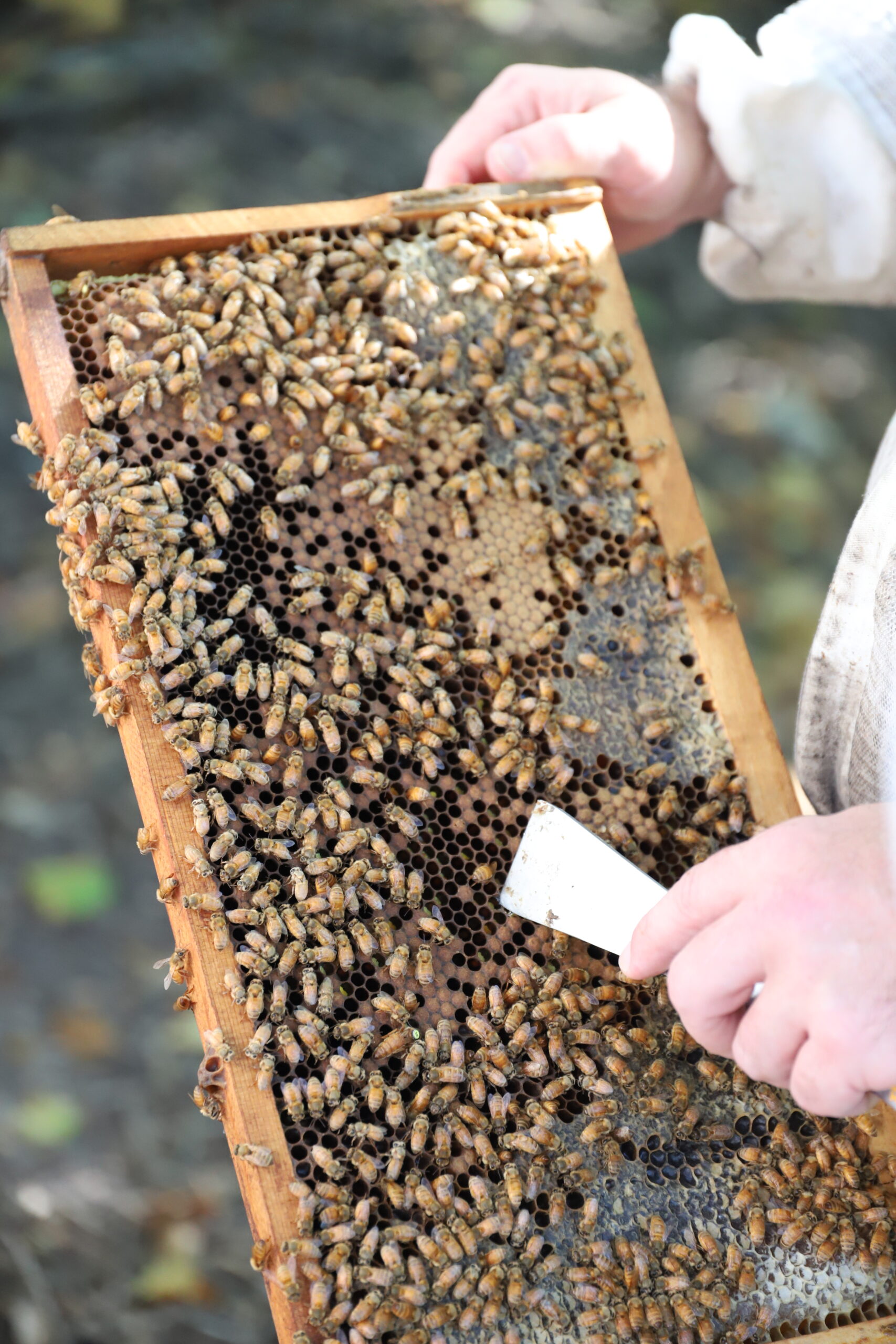Current panel name: RussianHoneyBee_DArTmp_BI_CU (1.0)
Panel name for soft release: RuHonBeeDArTmpBICUv1
Version descripition: (1.0) original
Availability: Coming soon!
Current panel name: RussianHoneyBee_DArTmp_BI_CU (1.0)
Panel name for soft release: RuHonBeeDArTmpBICUv1
Version descripition: (1.0) original
Availability: Coming soon!

Description: DArTmp Russian Honeybee purity version 1 is a small 81 SNP marker panel developed by Breeding Insight at Cornell University, in collaboration with DArT and funded by USDA-ARS for public use. The DArTmp assay uses custom designed oligos to amplify targeted SNPs, and their flanking sequences, prior to Next Generation Sequencing (NGS). The sequenced amplicons are demultiplexed and targeted SNPs/haplotypes are analyzed using DArT P/L’s proprietary pipeline
The markers were selected from 81 Fluidigm markers used in Russian honeybee (Apis mellifera) breeding where open-mating of queens is common. The panel can be used to determine the amount of outcrossing from germplasm pools outside of Russia in the resultant colonies (true-to-type) and germplasm management applications. Access to the panel can be found on DArT’s website (https://www.diversityarrays.com/services/targeted-genotying/).
Results and Data Sharing: DArT offers multiple data output formats. Users are encouraged to work with DArT to ensure the data type they desire is provided. Users are also strongly encouraged to request the Missing Allele Discovery Counts (MADC) file from DArT when placing orders. This file contains the read counts of each 81-bp michrohaplotype detected in each sample and at each locus. Breeding Insight requests that the MADC file and sample metadata also be sent to bi-genotyping@cornell.edu to be added to the public microhaplotype database for fixed allele naming and public data sharing. Proprietary sample metadata can be privatized in the database for IP protection.
Citation: In preparation